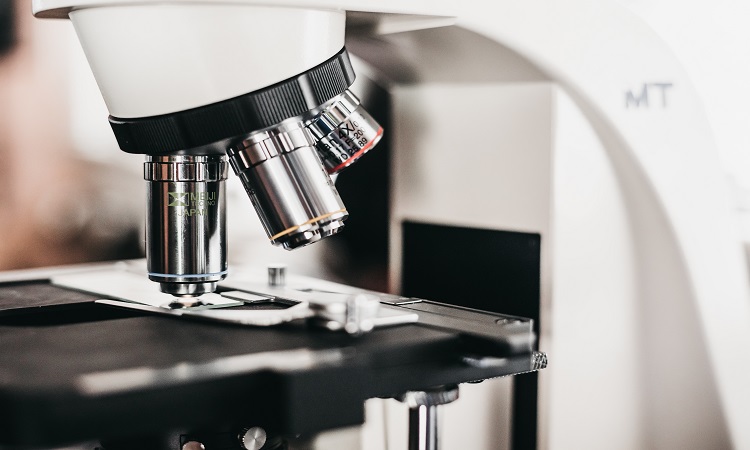Introduction
CDH1, also known as E-cadherin, is a crucial protein involved in cell adhesion and plays a significant role in various biological processes. In recent years, researchers have focused on understanding the functions of CDH1 and its implications in cancer development. This blog post aims to shed light on what CDH1 protein does, its role in cancer, and the future research directions in this field.
What does CDH1 protein do?
CDH1 is a cell adhesion molecule that is primarily expressed in epithelial tissues. Its main function is to maintain the integrity and stability of cell-cell adhesion. CDH1 accomplishes this by forming adherens junctions, which are essential for the structural organization of tissues and organs. These junctions enable cells to adhere to each other, ensuring proper tissue architecture and function.
In addition to its role in cell adhesion, CDH1 also participates in signal transduction pathways. It interacts with various intracellular proteins, such as β-catenin, p120-catenin, and α-catenin, to regulate cell signaling and gene expression. CDH1 acts as a tumor suppressor by inhibiting the Wnt/β-catenin pathway, which is often dysregulated in cancer.
What is the role of CDH1 in cancer?
The loss or dysfunction of CDH1 has been implicated in the development and progression of various types of cancer. CDH1 gene mutations or epigenetic alterations can lead to reduced or absent CDH1 protein expression, resulting in a phenomenon known as E-cadherin loss. This loss of CDH1 function disrupts cell adhesion and promotes tumor invasion and metastasis.
CDH1 loss is particularly significant in epithelial cancers, such as breast, gastric, and colorectal cancers. In breast cancer, for example, the loss of CDH1 expression is associated with a more aggressive phenotype and poorer prognosis. CDH1 loss allows cancer cells to detach from the primary tumor and invade surrounding tissues, leading to metastasis.
Furthermore, CDH1 loss is often observed in hereditary diffuse gastric cancer (HDGC), a rare but aggressive form of stomach cancer. Individuals with germline mutations in the CDH1 gene have a significantly increased risk of developing HDGC. Understanding the mechanisms underlying CDH1 loss and its impact on cancer progression is crucial for developing targeted therapies and improving patient outcomes.
Future research direction of CDH1
Given the importance of CDH1 in cancer, ongoing research aims to further elucidate its role and explore potential therapeutic strategies. Here are some future research directions in the field of CDH1:
Mechanisms of CDH1 regulation: Understanding the molecular mechanisms that regulate CDH1 expression and function is essential for developing targeted therapies. Researchers are investigating the role of transcription factors, epigenetic modifications, and signaling pathways involved in CDH1 regulation.
Biomarkers for CDH1 loss: Identifying reliable biomarkers for CDH1 loss can aid in early cancer detection and prognosis assessment. Researchers are exploring various molecular markers and imaging techniques to detect CDH1 loss in cancer patients.
Therapeutic strategies targeting CDH1 loss: Developing therapeutic approaches to restore CDH1 function or compensate for its loss is a promising avenue of research. Strategies such as gene therapy, small molecule inhibitors, and immunotherapies are being explored to target CDH1 loss in cancer cells.
Personalized medicine and CDH1: Understanding the genetic and molecular profiles of individuals with CDH1 mutations can help guide personalized treatment decisions. Researchers are investigating the relationship between specific CDH1 mutations and treatment response to optimize patient care.
Conclusion
CDH1, or E-cadherin, is a vital protein involved in cell adhesion and signaling pathways. Its loss or dysfunction is associated with the development and progression of various cancers. Future research in the field of CDH1 aims to unravel the mechanisms underlying CDH1 regulation, identify biomarkers for CDH1 loss, develop targeted therapies, and optimize personalized treatment strategies. By advancing our understanding of CDH1, we can pave the way for improved cancer diagnostics, treatments, and patient outcomes.




